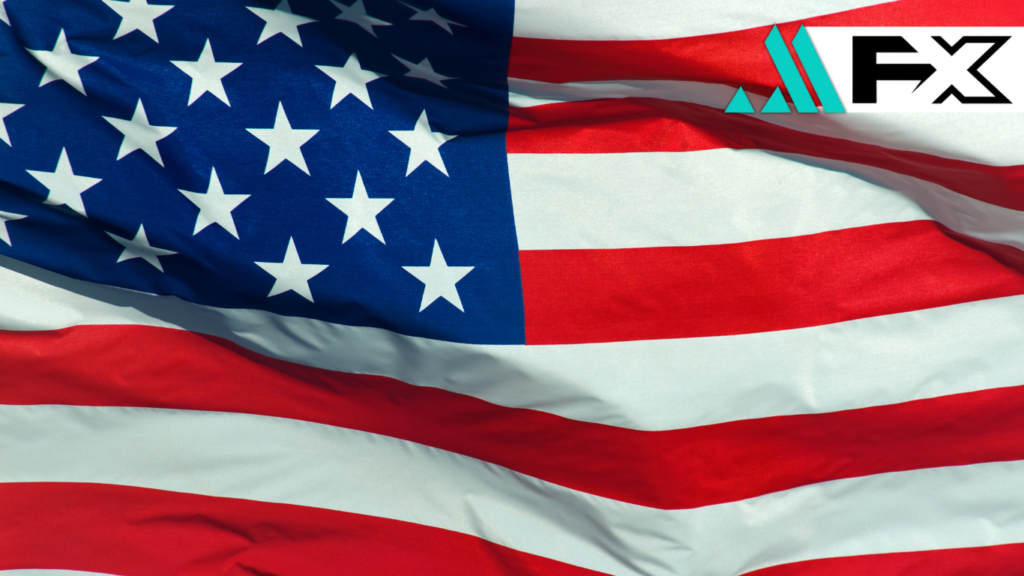U.S. equity markets ended the week with staggering losses, as intensifying global trade tensions triggered a flight from risk assets. The Dow Jones Industrial Average plunged 5.50%, or 2,231 points, to close at 38,314.86, marking its steepest single-day drop in over three years. The S&P 500 tumbled 5.98%, while the Nasdaq Composite fell 5.82%, confirming a rapid descent into correction territory.
The total market cap loss over the last two days topped $5 trillion, surpassing even the panic-driven selloff of March 2020. The CBOE Volatility Index (VIX) spiked 50.93% to 45.31, its highest level since early 2020, as investors braced for continued uncertainty.
Sector-Wide Selloff Hits Hard
Sectors tied to global trade and economic growth bore the brunt of Friday’s rout. Losses were broad-based, with energy, financials, and basic materials leading the decline.
Notable Dow Performers:
- Worst:
- Boeing Co. (BA): -9.46% to $136.63
- 3M Co. (MMM): -9.17% to $126.93
- Chevron (CVX): -8.22% to $143.28
- Best:
- Nike (NKE): +3.02% to $57.26
- Home Depot (HD): -0.58% to $353.84
S&P 500 Leaders:
- Top Gainers:
- Deckers Outdoor (DECK): +5.10%
- DR Horton (DHI): +4.55%
- NVR Inc. (NVR): +4.23%
- Biggest Decliners:
- GE HealthCare (GEHC): -15.96%
- APA Corp. (APA): -14.43%
- Baker Hughes (BKR): -13.39%
Nasdaq Highlights:
- Top Gainers:
- Sobr Safe (SOBR): +1,320.34%
- Future Fintech (FTFT): +1,047.29%
- C3is Inc. (CISS): +568.40%
- Biggest Drops:
- Neuroone Medical (NMTC): -44.77%
- Davis Commodities (DTCK): -32.93%
- Sonim Technologies (SONM): -32.58%
Commodities and Currencies React Sharply
The commodities market reflected global growth concerns:
- Gold (June): -2.07% to $3,057.19 per troy ounce
- U.S. Crude (May): -6.63% to $62.51 per barrel
- Brent (June): -5.70% to $66.14 per barrel
Currency movements highlighted investor demand for the dollar:
- EUR/USD: -0.96% to 1.09
- USD/JPY: +0.61% to 146.95
Meanwhile, bond yields fell as money poured into safe havens. The 10-year U.S. Treasury yield slid to 3.93%, reflecting investor risk aversion amid Fed uncertainty and slowing economic signals.


